Games aren’t just pastimes—they’re cultural anchors for childhood.

Every generation remembers gathering around a table or console, losing track of time while laughter and arguments filled the air. These games weren’t simply diversions; they shaped friendships, tested patience, and taught lessons that lasted long after childhood ended. Their designs have changed only slightly, but their spirit endures.
Here are thirteen games that defined growing up, connecting kids across decades while leaving behind memories that continue to resonate.
1. Monopoly turned family nights into fierce rivalries.

Monopoly is more than a board game—it’s an emotional rollercoaster. Kids learned early that luck, money management, and negotiation could either crown them king of the board or send them spiraling into bankruptcy. Games stretched on for hours, with alliances forming and collapsing in minutes.
Its legacy lies in the life lessons hidden in play: ambition, greed, and resilience all had a place at the table. Families argued, laughed, and sometimes stormed off, but Monopoly guaranteed a memory every time.
2. Chess proved intellect could outshine strength.

Chess has survived for centuries because it rewards patience, foresight, and adaptability. Kids sat across from parents or grandparents, realizing quickly that impulsive moves brought defeat. Strategy and discipline became tools for survival, not just in the game but in life.
The brilliance of chess is its infinite replay value. Every board starts the same, but no two games end alike. Generations continue to embrace it as both a challenge and a meditation.
3. Checkers offered simplicity with unexpected depth.
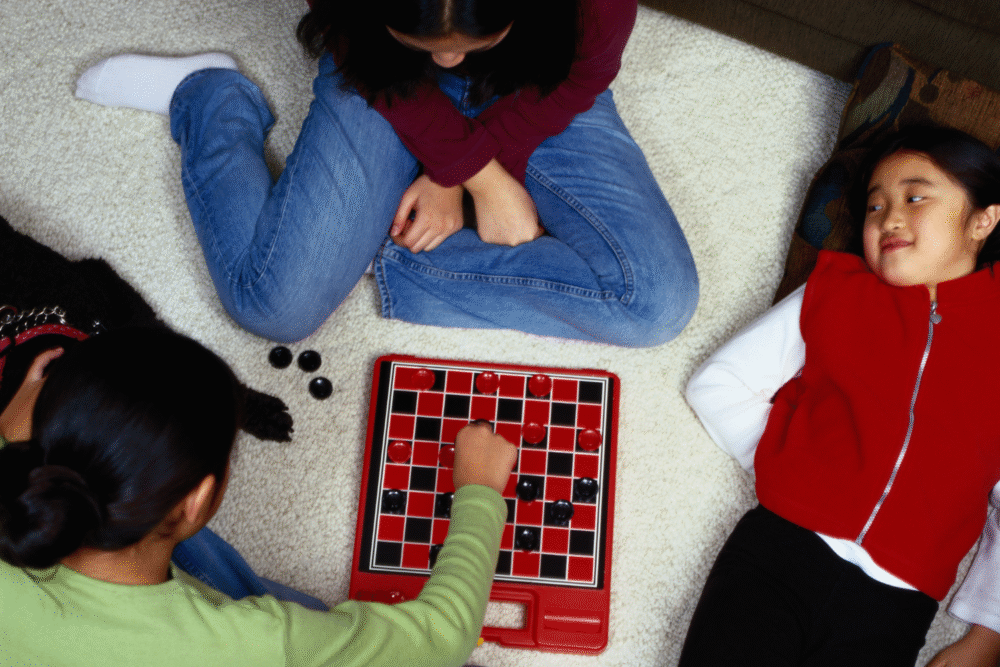
Checkers introduced children to strategy without overwhelming them. Jumping pieces felt exciting, while “king me” became a badge of pride. The game’s straightforward rules made it accessible to everyone, yet its depth surprised those who played often.
It became a family equalizer—grandparents could compete with children on equal footing. This simplicity paired with competitiveness is why checkers remains a household staple, teaching tactical thinking in the gentlest way.
4. Candy Land made play possible for the youngest kids.
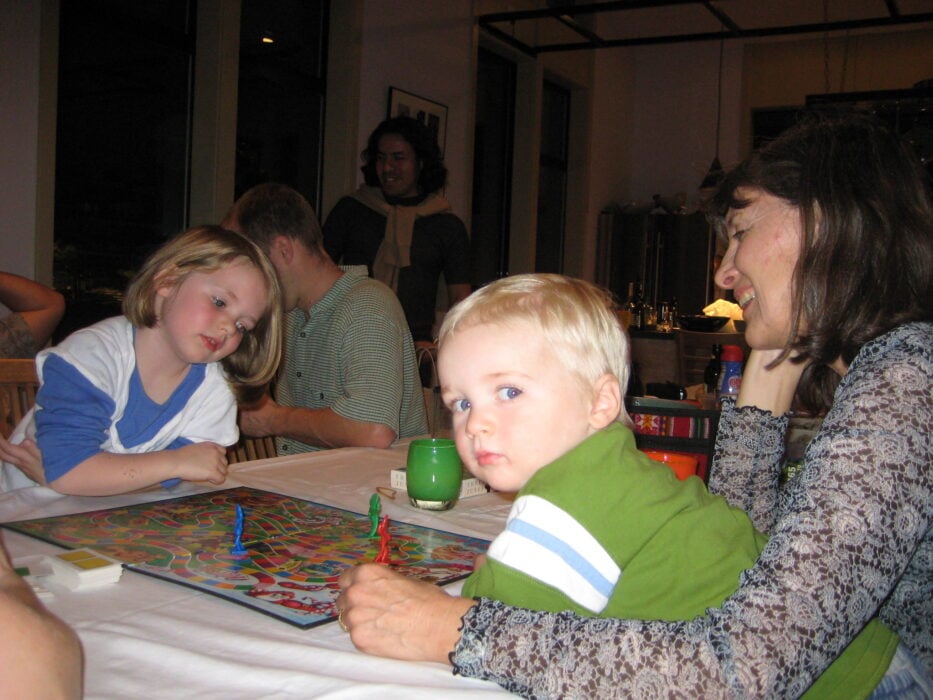
Candy Land’s vibrant board and simple color-matching rules made it the first game many children ever played. There was no need for reading or math—just a willingness to follow the colorful path.
Its randomness made victory anyone’s to claim, which eliminated pressure and encouraged inclusion. For generations, Candy Land symbolized the start of family game nights, offering a joyful entry into the world of shared play.
5. Scrabble turned vocabulary into friendly combat.
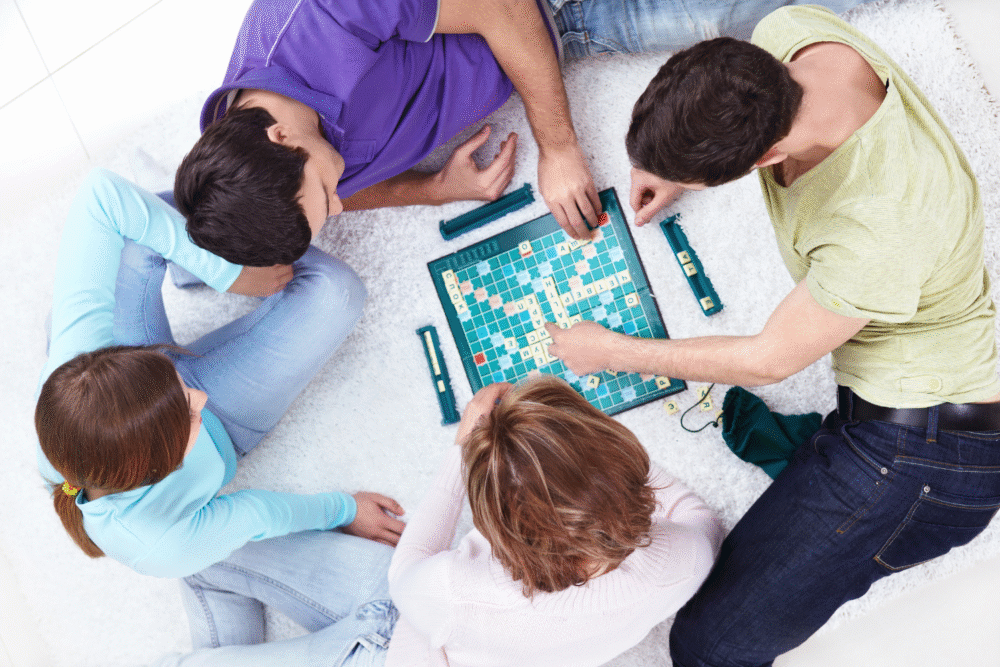
Scrabble taught generations that language could be wielded as strategy. Each letter tile became a building block for cleverness, with obscure words transforming into big wins. Kids learned spelling while adults honed competitive wordplay.
Its lasting power lies in its dual role as game and teacher. Families sharpened minds while competing, making Scrabble a rare blend of education and entertainment. Wooden tiles remain nostalgic symbols of linguistic triumph.
6. Clue made mystery interactive.
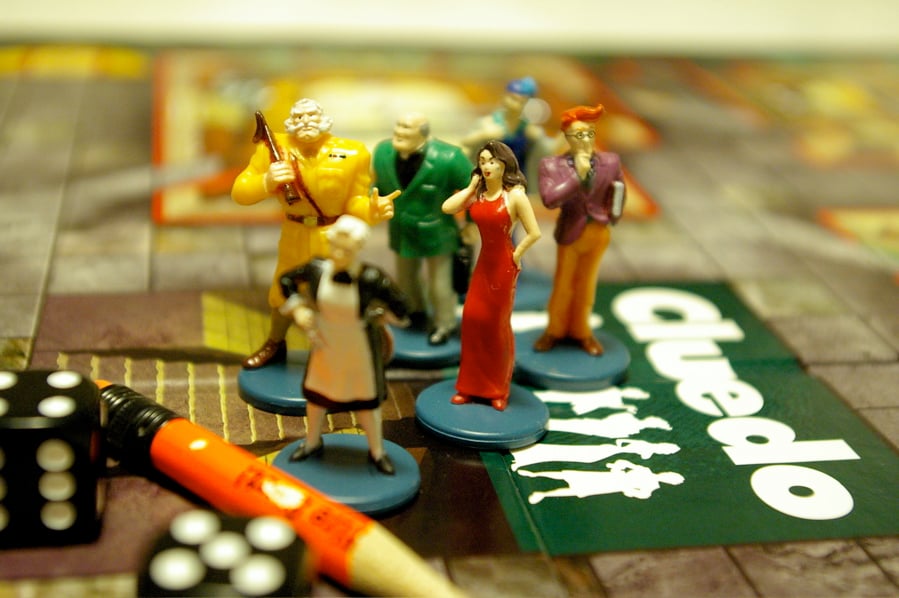
Clue turned every player into a detective. The suspense of narrowing suspects, weapons, and rooms made each round feel like a fresh puzzle. Roleplay brought drama, while deduction rewarded patience and logic.
Its staying power is simple: humans love solving mysteries. Generations have enjoyed stepping into Clue’s world, learning to question, analyze, and reason while laughing through the drama of outrageous accusations.
7. Uno delivered chaos with every draw.

Uno’s rules are easy to learn, but its unpredictability keeps players hooked. Skips, reverses, and draw-fours could flip a winning streak into disaster. Friends and families discovered quickly that no game stayed calm for long.
Its enduring appeal lies in its balance of skill and chance. The laughter and frustration Uno sparks are equally memorable, ensuring it remains a timeless card game for gatherings.
8. Jenga made suspense a physical game.

Jenga brought strategy into the realm of steady hands. Each removed block raised the tension, as everyone silently prayed the tower wouldn’t crash on their turn. Victory meant precision, while defeat meant laughter echoing around the room.
The appeal is timeless: it’s simple to learn yet universally gripping. Generations still return to Jenga because anticipation and collapse never fail to entertain.
9. Twister turned silliness into bonding.
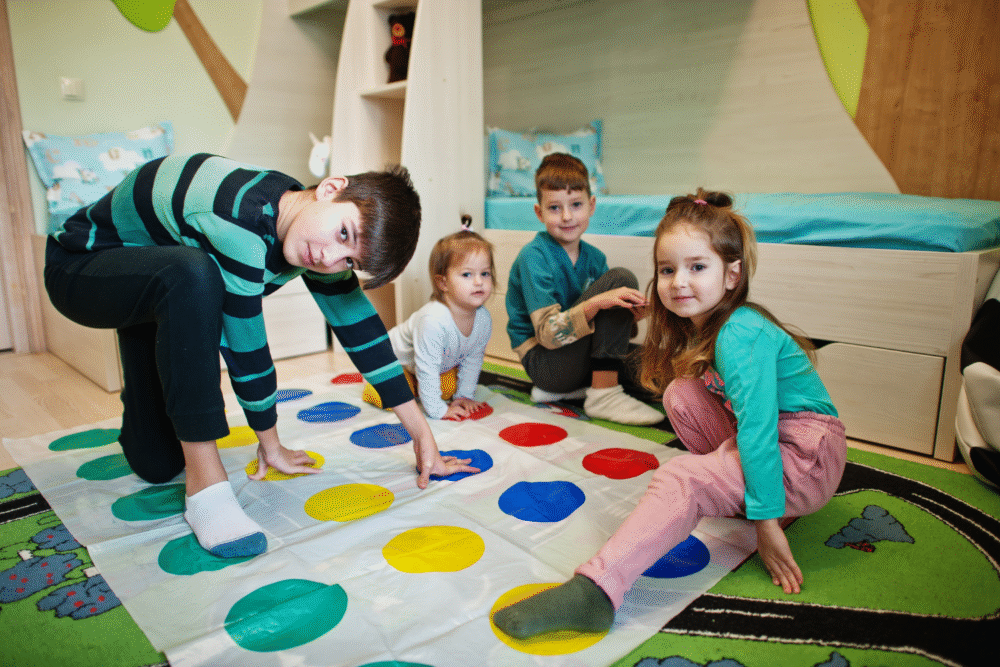
Twister blurred the line between game and comedy. Its spinning wheel forced players into tangled, awkward positions that almost always ended in laughter and collapse. It broke down barriers, making fun physical and ridiculous.
Generations still cherish Twister because it levels the playing field. Skill mattered less than flexibility and a sense of humor, making it an instant icebreaker across ages.
10. Risk turned strategy into global ambition.

Risk allowed players to dream of world domination. Alliances formed, betrayals erupted, and strategies unfolded over marathon sessions. It was less about dice and more about psychology—trusting, deceiving, and planning ahead.
Its longevity comes from this complexity. Generations embraced Risk as a way to test cunning and ambition, proving that competition at its grandest scale remains irresistible.
11. Operation tested nerves and patience.
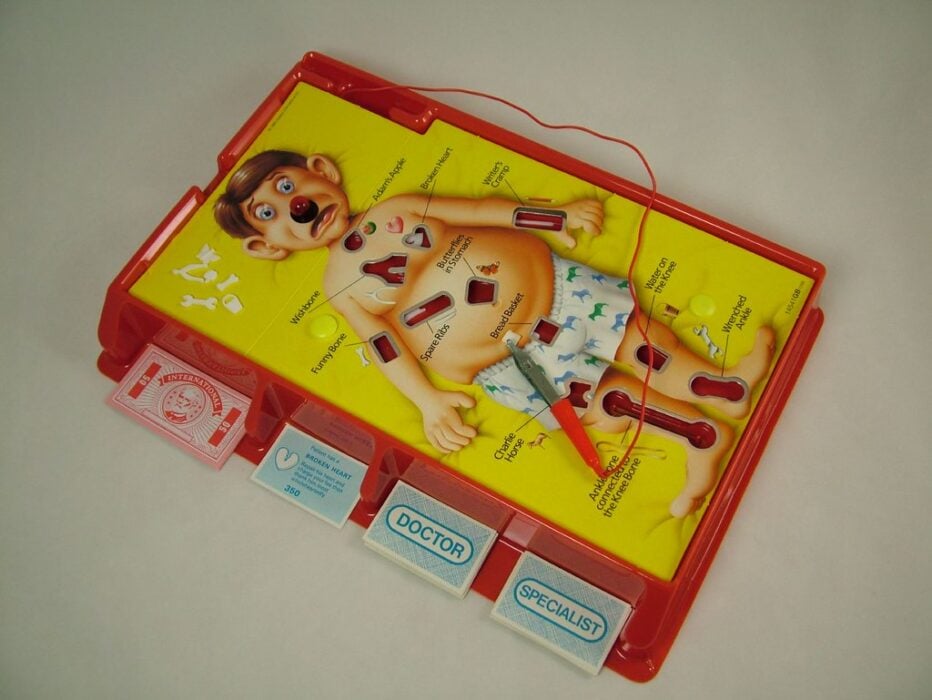
Operation required steady hands and nerves of steel. Removing pieces without triggering the buzz created both suspense and comedy. Kids honed dexterity, while adults reveled in the hilarity of mistakes.
The appeal remains universal. Operation turned tension into laughter, making it a household classic. Its simplicity and suspense ensure it still sparks smiles decades later.
12. Tetris proved genius hides in simplicity.

Tetris hooked players with falling blocks and hypnotic music. It rewarded quick thinking, spatial awareness, and perseverance. Hours could vanish in the rhythm of stacking rows to perfection.
Its genius is timeless. Every generation has discovered the strange satisfaction of clearing lines, proving that simplicity often creates the most enduring games.
13. Mario made video games mainstream.
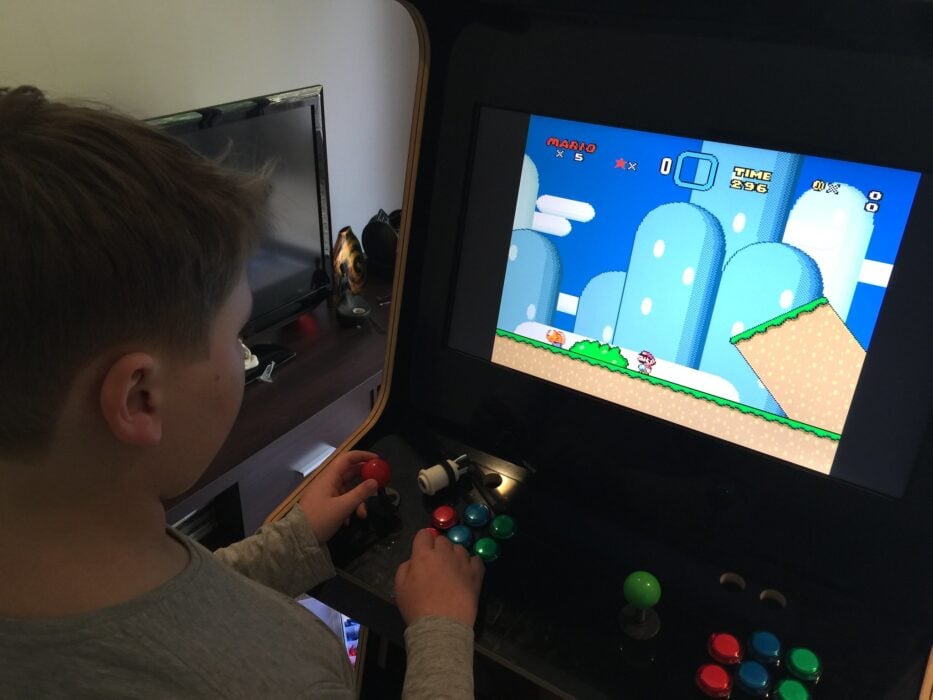
Super Mario Bros. changed childhoods everywhere. Its colorful world, bouncy soundtrack, and imaginative levels made it the gateway to gaming culture. Kids spent hours rescuing Princess Peach, while adults later rediscovered the joy with new versions.
Mario’s staying power comes from reinvention. Each generation has grown up with a version tailored to its era, proving that fun never ages when it’s built on creativity.
